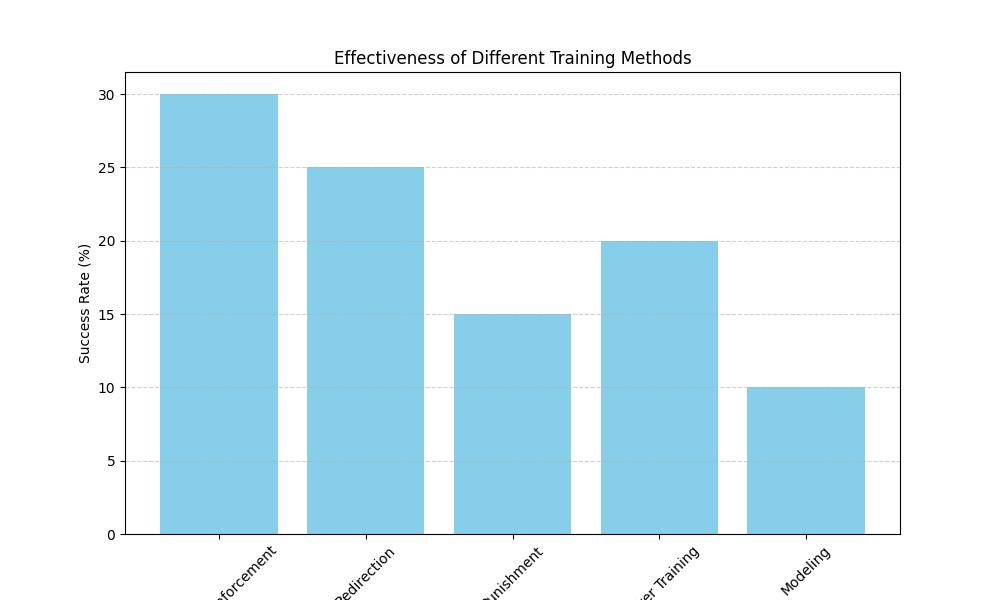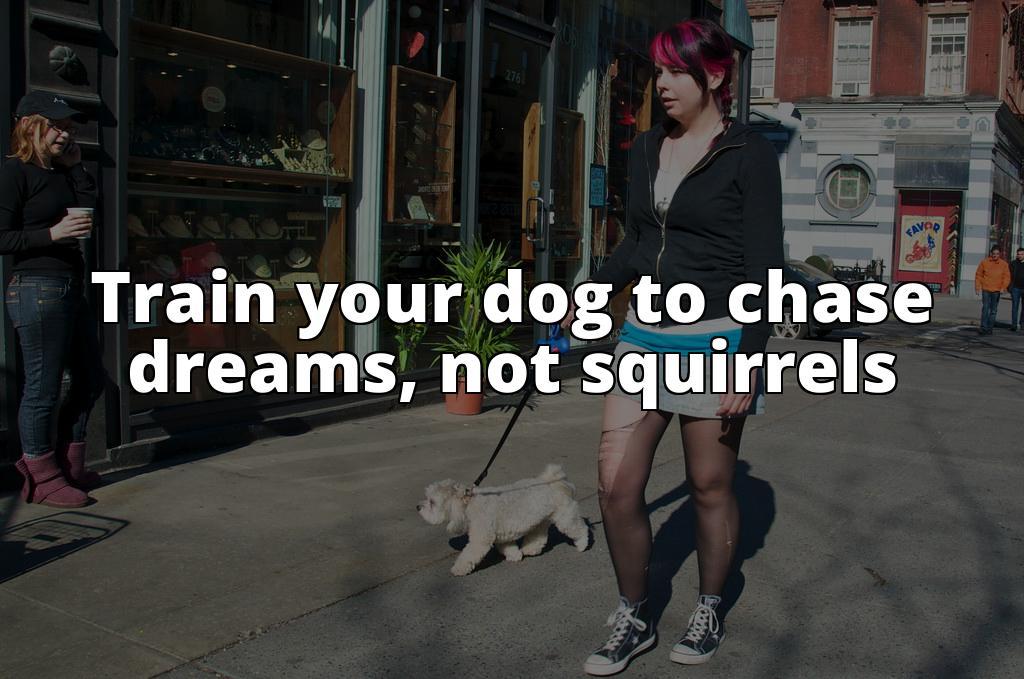Say Goodbye to Dog Chasing Squirrels with These Tips

Learn to Stop Dog Chasing Squirrels
- Understand why dogs chase squirrels
- Training techniques to prevent chasing behavior
- Importance of consistency and patience in training
Are you struggling to stop your dog from chasing squirrels? Dogs’ natural instinct to chase can pose risks to both them and the squirrels. Managing this behavior is crucial for your pet’s safety and harmony in your environment. Here are some effective tips to help you address and prevent dog chasing behavior.
Understanding Dog Chasing Behavior
Reasons behind Dogs’ Inclination to Chase Squirrels
The desire to chase squirrels is deeply rooted in a dog’s genetic makeup, reflecting their history as hunters and scavengers. The quick movements and unpredictable behavior of squirrels trigger a dog’s prey drive, compelling them to pursue. The thrill and excitement associated with the chase further reinforce this behavior, making it challenging to control.
Identification of Triggers Prompting Dogs to Chase Squirrels
Recognizing the specific triggers that stimulate your dog to chase squirrels is crucial in effectively addressing this behavior. Common triggers include visual cues like spotting a squirrel running across the yard or auditory signals such as the sound of rustling leaves in a nearby tree. By identifying these triggers, you can actively work towards modifying your dog’s response and redirecting their focus.
| Training Technique | Description |
|---|---|
| Teaching “leave it” and “stay” commands | Training commands to redirect the dog’s attention away from squirrels. |
| Reward-Based Training | Using rewards like treats, toys, or praise to reinforce positive behavior and discourage chasing squirrels. |
| Using a sturdy leash | Employing a durable leash during walks to manage the dog’s movements and prevent impulsive chasing. |
| Teaching leash manners | Training the dog to walk calmly beside you and respond to cues, enhancing control and reducing chasing behavior. |
| Utilizing toys and treats | Offering engaging toys and treats to distract the dog during outdoor activities and diminish the urge to chase. |

Training Techniques to Stop Dog Chasing Squirrels
Real-Life Case Study: How Sarah Managed Her Dog’s Chasing Behavior
Background
Sarah, a dog owner living in a neighborhood filled with squirrels, noticed her dog Max’s intense desire to chase them every time they went for a walk. This behavior not only made their walks stressful but also posed a safety risk.
Training Techniques Implemented
Sarah decided to use positive reinforcement methods to tackle Max’s chasing behavior. She diligently practiced commands like “leave it” and “stay” during their walks, rewarding Max with treats and praise each time he successfully ignored a passing squirrel. Additionally, she made sure to keep Max on a sturdy leash to maintain control and prevent any sudden chases.
Results and Progress
With consistent training efforts and patience, Sarah began to see improvements in Max’s behavior. He started showing more restraint and responding better to her commands, even in the presence of squirrels. By redirecting his attention and offering alternative activities like playing with toys, Sarah successfully managed to reduce Max’s chasing impulses.
Conclusion
Through Sarah’s commitment to training and implementing the techniques mentioned in this article, she was able to significantly reduce Max’s urge to chase squirrels. This case study highlights the effectiveness of positive reinforcement, leash training, and consistency in addressing dog chasing behavior.
Positive Reinforcement Methods
Teaching Commands for Redirecting Attention
Training your dog to obey commands like “leave it” and “stay” can help shift their focus away from squirrels. Consistent practice in controlled settings, along with rewarding positive behavior, reinforces the desired response and enhances your dog’s self-control.
Reward-Based Training to Discourage Chasing Behavior
Using rewards such as treats, toys, or verbal praise when your dog refrains from chasing squirrels reinforces the desired behavior. Positive reinforcement creates a positive link between following commands and discouraging chasing tendencies over time.

Leash Training and Control
Using a Sturdy Leash for Outdoor Walks
Employing a durable leash during outdoor walks allows you to manage your dog’s movements and prevent impulsive chasing. Maintaining physical control enables you to intervene effectively when your dog shows signs of wanting to chase squirrels.
Implementing Leash Manners for Control
Teaching your dog proper leash etiquette, like walking calmly beside you and responding promptly to cues, enhances control and reduces the chances of chasing behavior. Consistent reinforcement of leash manners reaffirms your leadership role and fosters obedience.

Distraction and Redirecting Techniques
Utilizing Toys and Treats for Distraction
Offering your dog engaging toys or delicious treats during outdoor activities can divert their attention from squirrels. Interactive toys that promote play and mental stimulation provide a productive way for your dog to release energy and diminish the urge to chase.
By implementing these training techniques and understanding your dog’s behavior, you can effectively address and prevent the issue of dog chasing squirrels, ensuring a safer and more harmonious environment for both your pet and local wildlife.
Common Questions
Who can help me stop my dog from chasing squirrels?
A professional dog trainer can provide guidance and techniques.
What methods can I use to stop my dog from chasing squirrels?
You can train your dog to come when called or use a leash.
How long will it take to train my dog to stop chasing squirrels?
Training duration varies, but consistency is key for success.
What if my dog doesn’t respond to the training methods?
Seek advice from a veterinarian or animal behaviorist for help.
How can I prevent my dog from chasing squirrels when off-leash?
Train your dog to respond to commands like “leave it” or “stay”.
What if my dog’s instinct to chase squirrels is too strong?
Consider using a deterrent spray or consult a professional trainer.


Leave a Reply